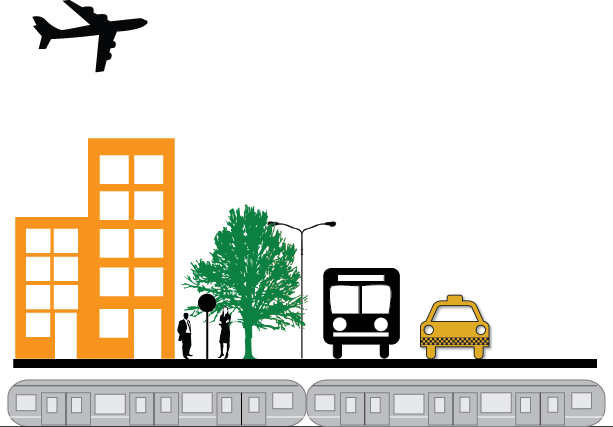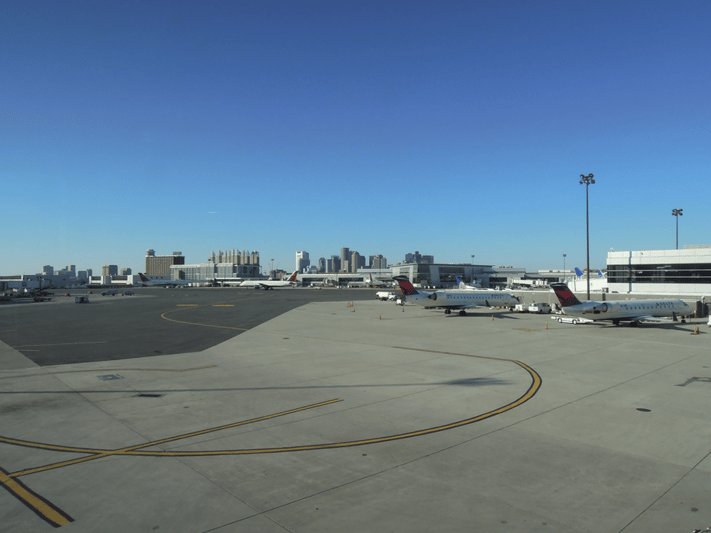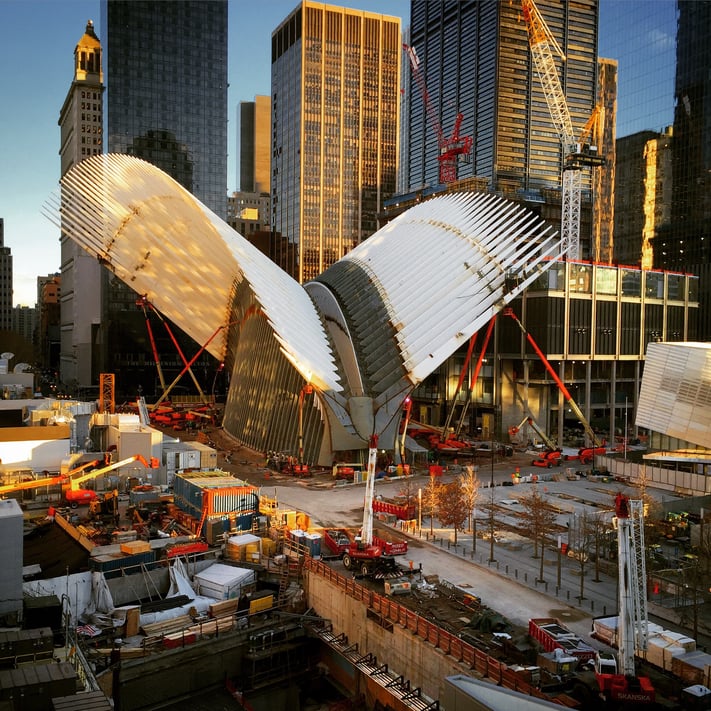Vidaris knows planes, trains and automobiles – from airport terminals, bus depots, major subway stations and maintenance facilities - we’ve helped our clients overcome some pretty big challenges. That’s why we’re super excited about the USGBC’s announcement of the LEED O&M – Transit pilot rating system.

While this rating system is geared toward the operations and maintenance of existing facilities, it’s a practical place to start for some insight on other types of transit projects as well. Here’s what you should know:
System-level strategies.
Under this rating system the USGBC acknowledges some strategies will be consistent among all transit stations under the same management structure which eliminates documentation ambiguities for individual projects. This not only helps project teams strategize, but also will streamline the documentation and review process.

Site Management.
Additional guidance has been provided for tricky questions regarding project boundaries for underground infrastructure like rail and bus lines and supporting facilities. In the past, many site credits were unachievable for transit projects based on the nature of the facilities. New credit approaches for LEED v4, such as providing financial support for a land trust or a conservation organization, now make achievement of these points possible.
Energy Efficiency.
In our experience, projects running off a central plant have had the biggest challenges to overcome for achieving energy efficiency. The Energy Efficiency Best Management Practices Prerequisite addresses this by requiring an energy audit and an O&M Plan. Alternately, project teams can elect to pursue the Energy Jumpstart Pilot Credit to prioritize retrofit needs based on energy use intensity (EUI) of the facility. This is a convenient way to initiate the conversation of system-wide, central plant based updates that can save real money.

Indoor Air Quality.
In addition to setting minimum ventilation rates with outside air requirements, the Minimum Outdoor Air Quality Performance Prerequisite for transit has requirements for continuous monitoring at 30 minute increments for carbon dioxide (CO2), carbon monoxide (CO), and particulates (PM) for platform and concourse spaces. Outdoor airflow rate measurements at the system level are required for all other occupied spaces. This prerequisite gives compliance paths for systems that can meet the minimum ventilation requirements and for systems that cannot. Given this is a prerequisite, it’s important for project teams to understand the monitoring requirements.
Resiliency.
Disaster Preparedness Planning is a transit-specific Innovation Credit awarded to a project that has, or is located within a transit network that has an emergency response plan. The Plan must address training, communication and infrastructure for disaster planning, protection of systems and climate change. At Vidaris, we’re New Yorkers and commuters. We rely on the vast network of our aging mass transit infrastructure that is still undergoing repairs from 9/11 and Hurricane Sandy. Trust us, Disaster Preparedness Planning should not be overlooked.











